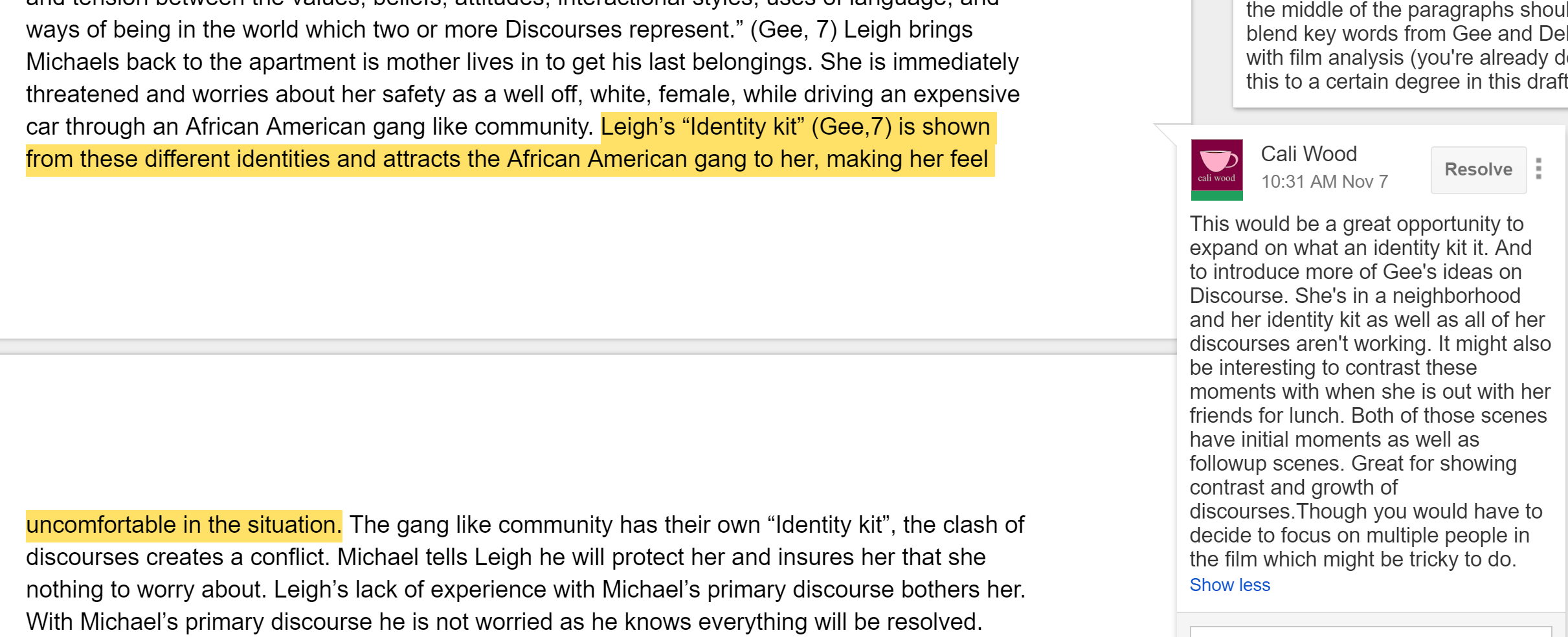Essential Question: How is social media impacting the human development of emerging adults?
Write a paper in which you write about how social media impacts the development of emerging adults. You’ll use the work of Konnikova, Henig, and your classmates, as well as your own ideas and experiences, to construct your own theory of how social media impacts the development of emerging adults.
In making your argument, draw on and develop your pre-writing and entering-the-conversation work done over the last several classes. That work focused on definitions of adulthood and emerging adulthood, the social and cultural changes in which emerging adulthood emerged, your own experiences as emerging adults, and the way social media might be a mixed blessing for emerging adults.
Your audience is a general reader who has NOT read Henig, Konnikova or your classmate’s work, nor thought much about the evolving nature of friendship or adulthood.
Your purpose is to advance your own perspective (view or argument) on how social media use impacts the development of emerging adults by synthesizing and responding to the ideas presented by Henig, Konnikova and at least one classmate. Be sure to analyze relevant examples from their texts and your own experiences.
Expectations:
- Use this Google Docs template to set up your manuscript in MLA style.
- Write a paper of 1,000 words or more in which you develop your perspective on how social media may be shaping the development of emerging adults
- Briefly introduce Henig and Konnikova and the questions and issues that are raised when considering their work together. Do this in a way that leads readers to your initial perspective on the driving question of your paper.
- Incorporate quotes from Henig and Konnikova and 1 from one of your classmate’s pre-writing.
- Incorporate a least one moment in your essay in which you “play the believing game,” write about the merits of someone’s idea you find difficult to accept, and respond to those merits with complicating points of your own (or from one of your classmates). PRO TIP: Use Barclay’s Formula and Okay, But templates to help structure this.
- Plant a naysayer in your essay
- Engage the question of the mixed blessing of social media as a way for emerging adults to meet the developmental needs of their phase of life.
- Document your sources using MLA style, with signal phrases, in-text parenthetical references, and a Works Cited page to signal your use of other writers’ words.
Information needed to write a MLA-style citation for “What Is It About 20-Somethings?”
Author: Robin Marantz Henig Article title: “What Is It About 20-Somethings?” Magazine title: New York Times Magazine Date Published: August 18, 2010
